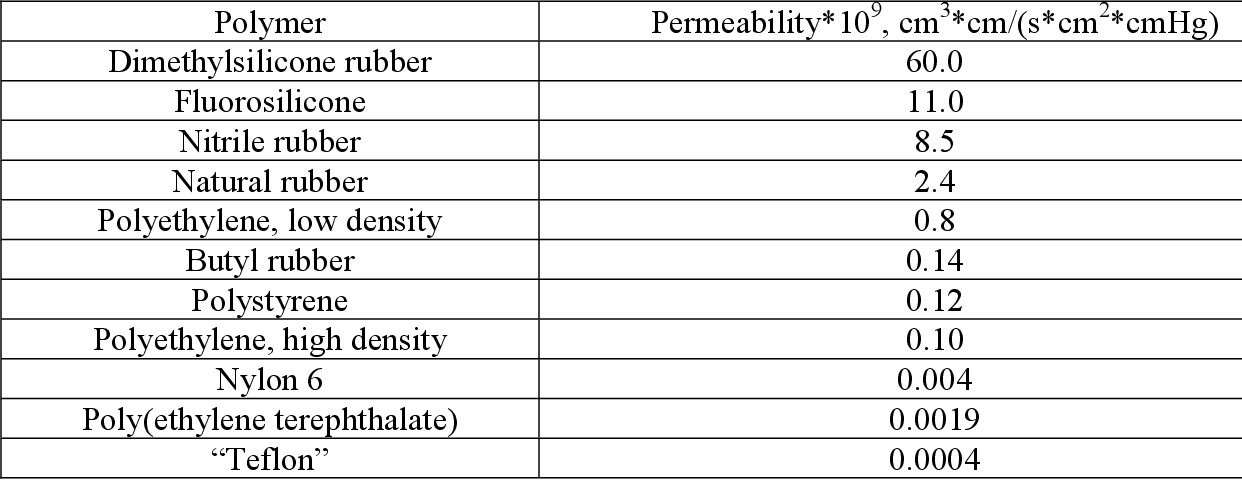Brewer dad
Well-Known Member
I've searched here and Google, haven't quite found an answer yet. So thought I'd ask here as maybe it could help others.
I'm wondering about best methods, if any, for purging oxygen for those of us who do not yet have CO2. In this instance, I am asking most specifically about after either:
1. Opening fermentation vessel after fermentation is complete. I.e. dry hopping, adding fruit, etc.
2. After racking to secondary. To get off of yeast cake or to achieve either of above additions or maybe adding oak cubes. This would most likely happen with something I wanted to age some, but didn't have the bottles available. I'm pretty close to critical mass on bottles.
And as I'm sure someone will say it, yes I plan on moving over to kegging. However looking for alternative solution before I have CO2.
At the moment my thought would be to get a small amount of fermentation going again to push air out, achieved either by adding some sugar or fruit. In the former example I would assume maybe a 4-6 oz amount so as to only restart things long enough to clear out the air. My main concern is that by the time fermentation begins again, the oxygen absorption would have already occurred.
I did try this once when dry hopping in primary, and thought it turned out well. However that was a sample of one. Also not sure if it'd work for the second example.
I hope this isn't something that has been addressed and nauseum. Thanks!
I'm wondering about best methods, if any, for purging oxygen for those of us who do not yet have CO2. In this instance, I am asking most specifically about after either:
1. Opening fermentation vessel after fermentation is complete. I.e. dry hopping, adding fruit, etc.
2. After racking to secondary. To get off of yeast cake or to achieve either of above additions or maybe adding oak cubes. This would most likely happen with something I wanted to age some, but didn't have the bottles available. I'm pretty close to critical mass on bottles.
And as I'm sure someone will say it, yes I plan on moving over to kegging. However looking for alternative solution before I have CO2.
At the moment my thought would be to get a small amount of fermentation going again to push air out, achieved either by adding some sugar or fruit. In the former example I would assume maybe a 4-6 oz amount so as to only restart things long enough to clear out the air. My main concern is that by the time fermentation begins again, the oxygen absorption would have already occurred.
I did try this once when dry hopping in primary, and thought it turned out well. However that was a sample of one. Also not sure if it'd work for the second example.
I hope this isn't something that has been addressed and nauseum. Thanks!























































![Craft A Brew - Safale S-04 Dry Yeast - Fermentis - English Ale Dry Yeast - For English and American Ales and Hard Apple Ciders - Ingredients for Home Brewing - Beer Making Supplies - [1 Pack]](https://m.media-amazon.com/images/I/41fVGNh6JfL._SL500_.jpg)



